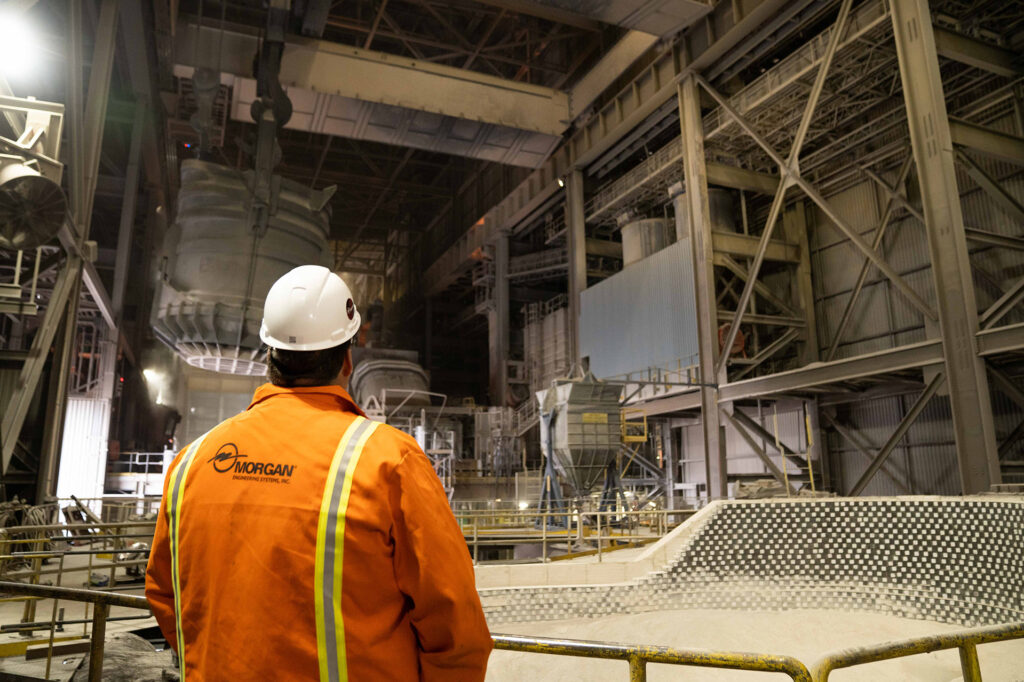Crane Replacement: Should you Upgrade your Crane?

/ Blog
Why Replace a Crane?
There are a lot of reasons that you might want to replace a crane. As your needs change, you might find that your crane can’t move as quickly as your production demands, or its carrying capacity is now a costly restriction. Maybe onboarding new operators has become a hassle when you have to teach young operators old, unintuitive controls. Whatever your reason is, deciding between a crane upgrade and purchasing a new crane is one part cost-benefit analysis and two parts creative problem-solving.
Is Your Crane Worth an Upgrade?
When I’ve talked with our customers at Morgan facing this decision, the first question they usually ask is, “Can we keep this crane?” To help them make that call, I like to take them down this list of considerations before we engineer an upgrade or draw up a new crane.
1. Reliability and Age
First and foremost, if you’re considering making an upgrade to a crane, you’ve likely had it for a long time. That means that you have an overall impression of its quality and durability. If this crane is a headache, always on the maintenance docket, you shouldn’t upgrade it—you don’t change a headache, you get rid of it.
With that in mind, even if this crane has been reliable for decades, do you want to invest a large amount of money in a decades-old crane?
2. Upgrade Time and Cost
A crane upgrade can be a massive investment of time and money–depending on what changes you are making. Are you changing the crane’s application or just upping its carrying capacity? Will your upgrade include control upgrades that will require a power conversion or other changes to power infrastructure? The more significant the changes, the more downtime—and impact to production—required to make those changes.
3. Compromises
Upgrading your crane will always come with compromises, the question is deciding which ones you can work with. At Morgan we offer a low-cost feasibility survey to our customers considering an upgrade. We use that survey to determine what cost-effective upgrades we can make to meet their needs. Given the results of the survey, could you work with an upgrade that doesn’t get you exactly the controls you want, but avoids a power conversion? Are you okay with reaching your desired capacity but increasing the crane’s total cost of ownership ?
4. Spare Parts
A consideration that is often overlooked is the availability of spare parts for a crane that has had its life extended. Is the crane’s OEM still in business? Are there sister cranes or was it a common design from the OEM? How many in-house spares do you currently have stocked for it? The last thing you want is to upgrade your crane and have trouble finding spare parts.
New Crane Comparison
After I’ve walked a customer through these considerations, and the results of the feasibility survey, my team and I get to work designing an upgrade that will check as many of their boxes for the lowest cost. With a viable solution in hand, we’ll talk about what options they have to reach their desired outcome. No matter which option they go with, we’ll need to talk about the infrastructure requirements in the building with a crane replacement.
Sometimes they’ll go with the new crane; the new features and the simplicity of a brand-new, out-of-the-box solution without any compromises outweighs what they could save with an upgrade. But, when they do go for the upgrade, they still know they are getting a complete in-house solution from Morgan.

